The Roman Empire’s military prowess is often attributed to its formidable legions; however, the role of auxiliary forces—composed of non-citizen soldiers—was equally critical. These auxiliaries were recruited from diverse regions across the empire, bringing unique skills that complemented the traditional Roman military tactics.
Non-citizen soldiers offered the Roman army a wealth of specialized abilities, ranging from expert archery to adept cavalry maneuvers. Their inclusion not only expanded the tactical capabilities of the legions but also facilitated Rome’s adaptability to various terrains and combat scenarios.
This article delves into the recruitment, roles, and strategic significance of auxiliary forces. By exploring their contributions, we aim to underscore their impact on the military, social, and cultural fabric of the Roman Empire.
Recruitment of Non-Citizen Soldiers
The recruitment of auxiliary forces in the Roman army was a complex process that drew on the empire’s vast and diverse regions. Non-citizen soldiers were enlisted from various provinces, creating a multicultural force that reflected the empire’s expanse. This diversity was not merely geographical; it included a mix of cultures and identities, as seen in the origins of soldiers like Genalis and Dannicus, whose tombstone inscriptions reveal their tribal affiliations.
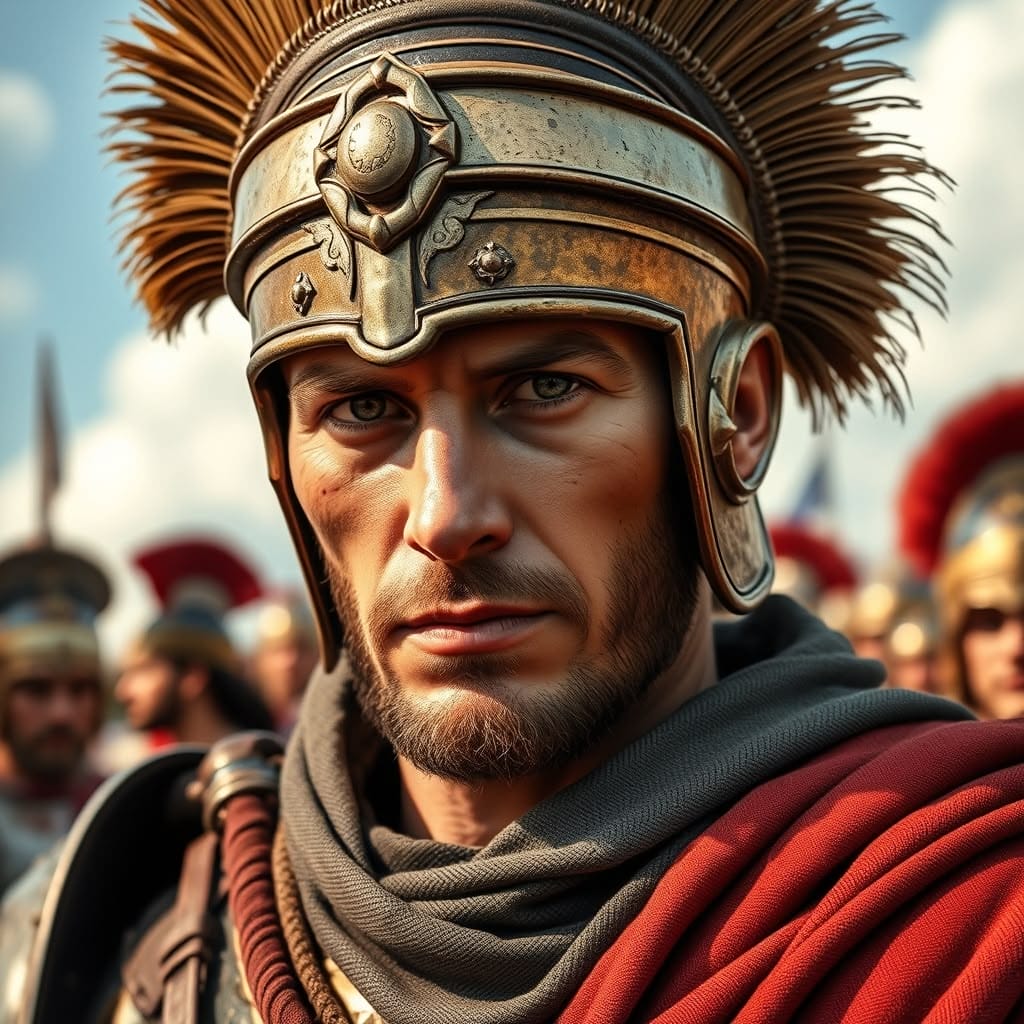
Auxiliary soldiers brought a wealth of specialized skills to the Roman military, enhancing its effectiveness. These included archery, cavalry expertise, and light infantry tactics, all of which were critical in adapting to various combat scenarios and terrains. The influence of local cultures also played a significant role in recruitment, as soldiers adapted their attire and equipment to suit their native climates, integrating local customs with Roman practices.
Ultimately, this blend of diverse backgrounds and specialized skills was instrumental in strengthening the Roman army, offering strategic advantages that were essential for the empire’s expansion and integration of its many territories.
Specialized Roles in the Roman Army
Archery and Cavalry Expertise
The Roman auxiliary cavalry was vital in enhancing the army’s tactical prowess through their expertise in both archery and cavalry tactics. Composed of skilled horsemen from regions such as Gaul and Thrace, these non-citizen troops excelled in mounted archery, using composite bows to disrupt enemy formations. This capability was crucial in battles like the Battle of Carrhae, where mobility and long-range attacks played pivotal roles.
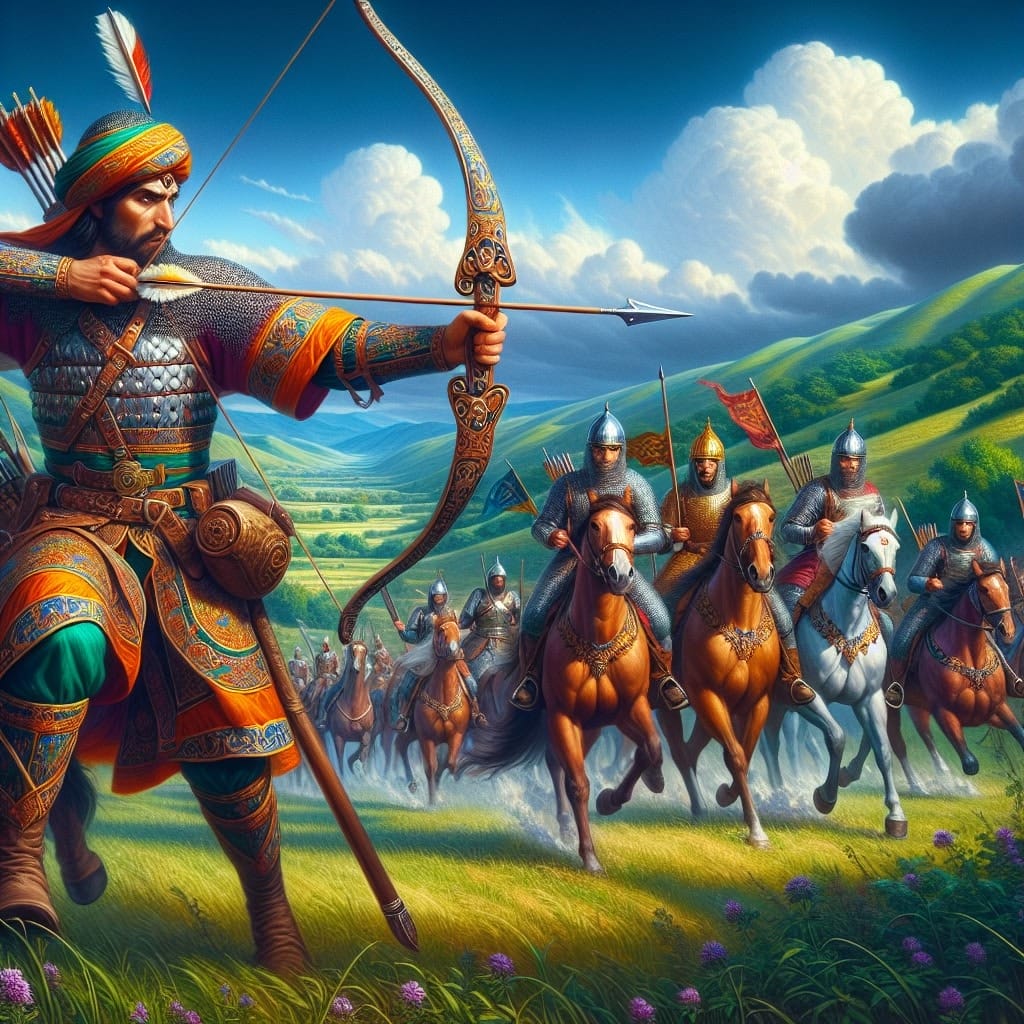
Light Infantry Tactics
The auxiliary forces also included specialists in light infantry tactics, such as the Balearic Slingers and Cretan Archers. These units were adept at skirmishing, engaging enemies from a distance, and harassing enemy lines. In the Second Punic War, such tactics were instrumental in undermining Hannibal’s forces, demonstrating their strategic importance.
Adaptation to Various Terrains
Auxiliary forces were adept at adapting to diverse terrains, a skill developed through rigorous training and practical adjustments. Roman camps were constructed to fit local landscapes, and soldiers modified their clothing and strategies to match environmental challenges. These adaptations were crucial during campaigns in Britannia, where the landscape demanded agility and resourcefulness.
Strategic Importance of Auxiliaries
The Roman army’s reliance on auxiliary forces was a strategic masterstroke that significantly bolstered its military prowess. These non-citizen soldiers provided essential support to the Roman legions, particularly by filling gaps and enhancing operational capabilities.
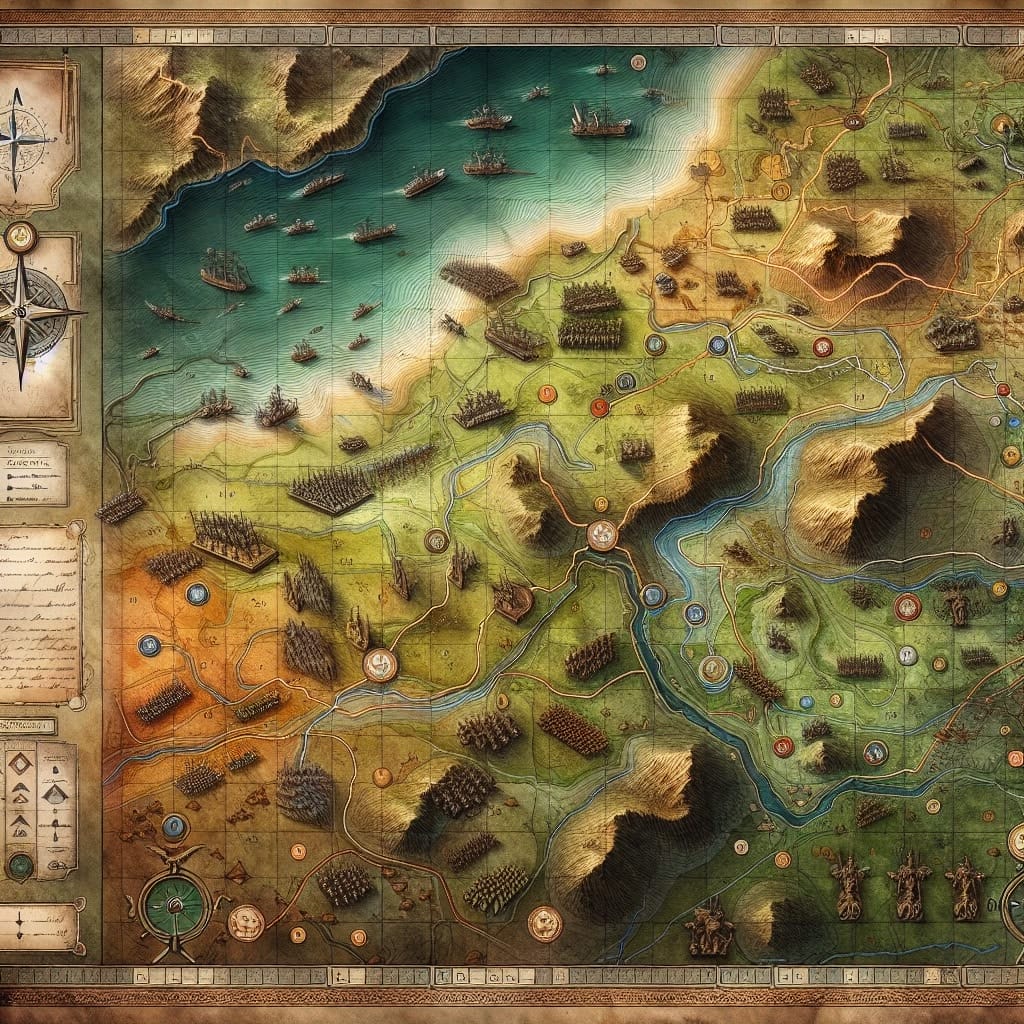
Supplementing Roman Legions: Auxiliaries were crucial in complementing the heavy infantry of the Roman legions. They provided specialized skills that the legions lacked, such as cavalry support and light infantry tactics, which were vital in executing diverse military strategies.
- Diverse Combat Methods: Auxiliary units like the Balearic slingers and Cretan archers offered unique combat techniques, enhancing the army’s missile capabilities with long-range attacks and precision.
- Advantages in Different Terrains: The diverse recruitment of auxiliaries enabled the Roman army to adapt to various terrains, from the deserts of North Africa to the forests of Germania. Their local knowledge and ability to navigate challenging environments provided a strategic edge in campaigns.
Historically, the integration of auxiliaries allowed Rome to maintain dominance across a vast empire by ensuring military flexibility and resilience, ultimately contributing to the success of numerous campaigns and the expansion of Roman influence.
Pathway to Roman Citizenship
During the Roman Empire, service in auxiliary units was a crucial pathway to gaining Roman citizenship. Under Emperor Claudius, non-citizen soldiers, upon honorable completion of 25 years of service, were rewarded with citizenship, a status formally recognized on a diploma. This opportunity offered a transformative impact on the lives of many soldiers, elevating their social standing and opening doors to new opportunities within the empire.

For many, this pathway was not merely a strategic career choice but a personal journey toward a better life. The promise of citizenship offered a tangible incentive for loyalty and dedication to the Roman military. It allowed soldiers to integrate into Roman society, enjoying privileges previously reserved for citizens, such as property rights and legal protections.
“The Roman citizenship bestowed upon auxiliaries was a powerful testament to Rome’s inclusivity and strategic foresight.”
However, the legal and social implications were profound. The process mirrored modern considerations of voluntary service and intent, as seen in legal discussions regarding nationality. Ultimately, the granting of citizenship to auxilia was a testament to the empire’s adaptability and pragmatic governance, enhancing both its military might and societal cohesion.
Training and Organization
The auxiliary forces in the Roman army were subject to rigorous training regimes designed to enhance their specialized skills. These training programs focused on honing abilities such as archery, cavalry maneuvers, and light infantry tactics, which were crucial for their roles in diverse combat scenarios. The intense training ensured that auxiliaries were well-prepared to act as the empire’s first line of defense, stationed strategically along the limes.
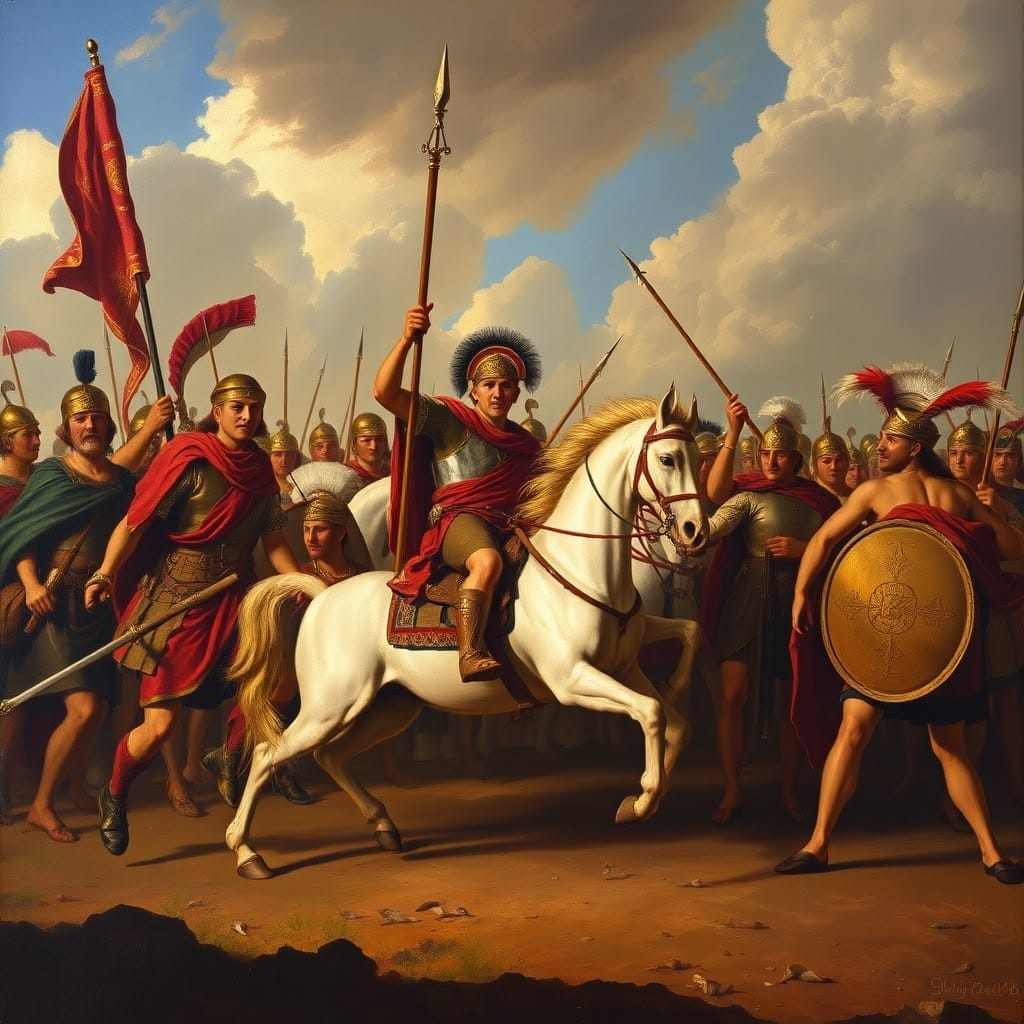
The organizational structure of the auxiliary units mirrored that of the Roman legions, albeit with some distinctions. Auxiliaries were grouped into cohorts, each led by a prefect, who was responsible for maintaining discipline and ensuring operational efficiency. This hierarchical system facilitated a clear chain of command, crucial for executing complex military strategies effectively.
Integration with the Roman legions was a seamless process, with auxiliaries often deployed alongside legionaries in campaigns. This collaboration allowed for a blend of combat styles, leveraging the specialized expertise of auxiliary troops. The integration not only bolstered the Roman army’s tactical capabilities but also fostered a sense of unity and shared purpose among diverse soldiers, strengthening the overall military might of the empire.
Deployment in Campaigns
The deployment of auxiliary forces was pivotal in numerous Roman military campaigns, enhancing the empire’s reach and influence across diverse territories. The Balearic Slingers, for instance, were instrumental in the Battle of Zama (202 BCE), where their skirmishing skills contributed to Hannibal’s defeat.

Similarly, Cretan Archers provided crucial support during the siege of Alesia (52 BCE), where their precision and mobility were invaluable. The Numidian Horsemen were another key auxiliary unit, demonstrating their effectiveness in the Second Punic War with their swift cavalry maneuvers.
The integration of these auxiliary forces not only filled strategic gaps in the Roman military but also facilitated the assimilation of local combat techniques, thereby strengthening Roman influence. This diversity in warfare tactics was crucial in campaigns such as the Dacian Wars (101-102; 105-106 CE), where auxiliaries played a vital role in the expansion of Roman territory.
| Campaign | Auxiliary Role |
|---|---|
| Battle of Zama | Balearic Slingers |
| Siege of Alesia | Cretan Archers |
| Dacian Wars | Various Auxiliaries |
Benefits to the Roman Empire
The integration of auxiliary forces into the Roman military provided substantial military advantages. These non-citizen soldiers introduced diverse combat skills that complemented the Roman legions. For instance, the Balearic Slingers and Cretan Archers offered proficiency in long-range attacks, enhancing the effectiveness of Roman skirmishes and sieges.
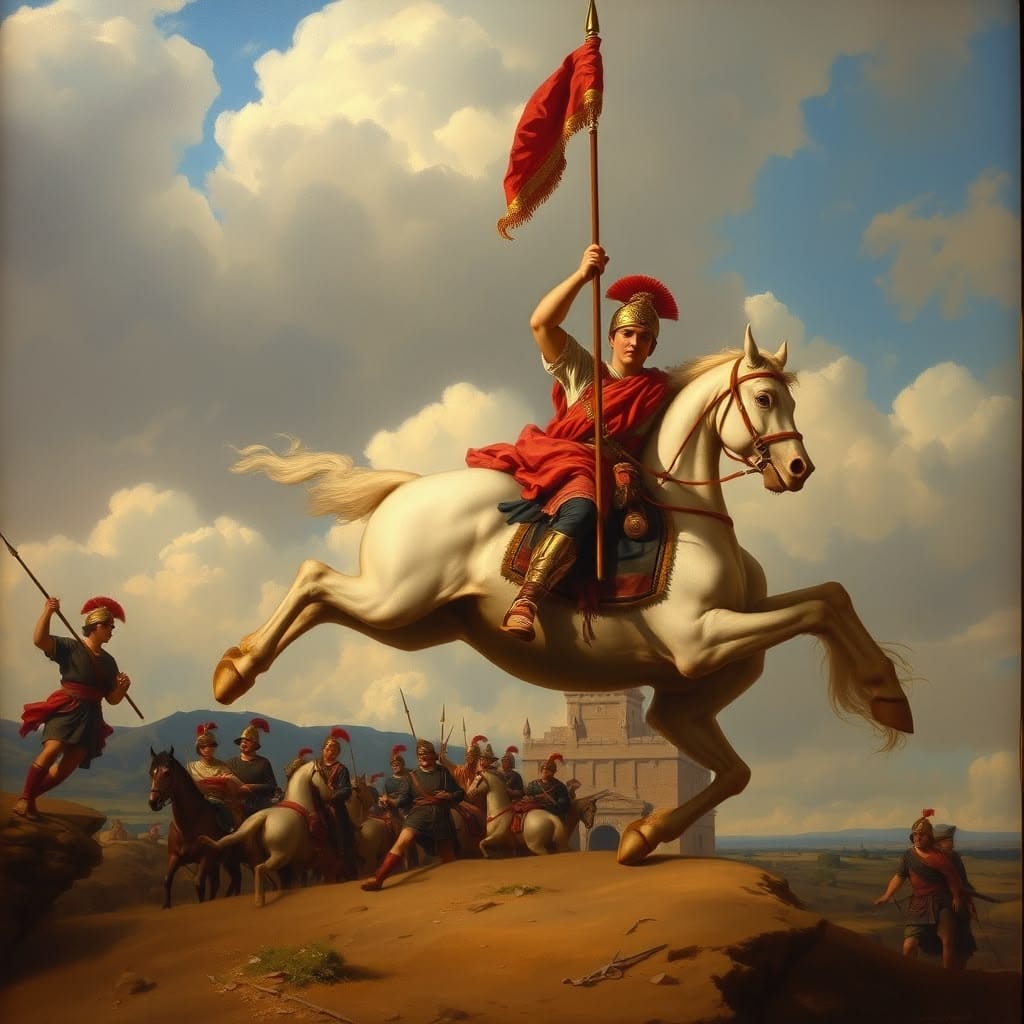
In terms of economic benefits, the recruitment of auxiliaries allowed Rome to extend its military reach without the financial burden of maintaining a solely citizen army. This strategy enabled the empire to allocate resources more efficiently, ultimately contributing to economic stability and growth. The annexation of resource-rich regions, such as Dacia during the Dacian Wars, exemplifies such economic gains.
Lastly, the presence of auxiliary forces facilitated cultural exchange across the empire. The incorporation of local customs and traditions into military practices enriched Roman culture and promoted unity within the diverse territories under Roman control. This cultural integration helped maintain stability and loyalty among conquered populations, fostering a cohesive and enduring empire.
Impact on Local Populations
The integration of auxiliary forces into the Roman military had profound cultural and social impacts on local populations. As non-citizen soldiers from diverse regions joined the Roman ranks, a unique blend of cultural traditions emerged. This fusion facilitated a sense of unity across the expansive Roman Empire, as Roman customs intertwined with local practices, creating a shared identity among these communities.
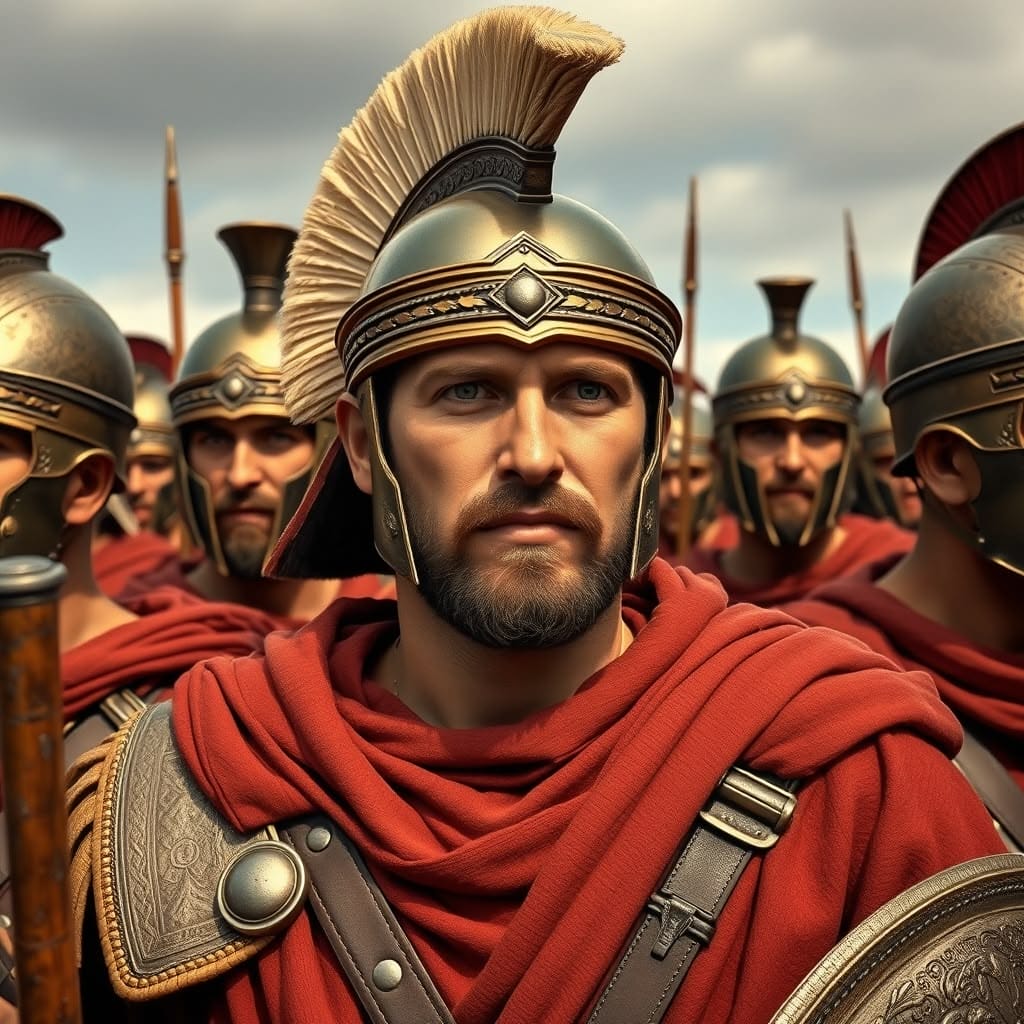
“Cultural integration through military service became a bridge to unity within the Roman Empire.”
Economically, the recruitment of auxiliaries brought significant changes to local economies. The demand for military supplies and infrastructure development boosted local industries, leading to increased trade and employment opportunities. Additionally, the promise of Roman citizenship upon completing military service offered economic incentives, motivating many to enlist.
Social dynamics also evolved as former auxiliaries, now Roman citizens, returned to their communities. This shift often led to changes in social hierarchies and influenced local governance structures. The presence of Romanized individuals within these societies promoted Roman values and administrative practices, further integrating these regions into the Roman sociopolitical realm.
Challenges Faced by Auxiliaries
Auxiliary soldiers in the Roman army endured numerous challenges throughout their service. These challenges stemmed from their distinct roles and diverse backgrounds, which often led to unique difficulties.

- Harsh Conditions: Auxiliaries faced severe living conditions, including inadequate shelter and limited food access. The rigorous training regimes, exemplified by the Balearic slingers, highlighted the demanding environment they had to endure.
- Cultural Barriers: Many auxiliaries came from various provinces, such as the diverse origins of Genalis and Dannicus, which led to integration challenges within the Roman military. Language barriers and differing customs often complicated their assimilation.
- Military Risks: As frontline troops, auxiliaries frequently faced high stakes in combat. Their role often placed them at the forefront of battle, exposing them to significant risks and high casualty rates. Cretan archers, for example, were renowned for their prowess yet remained vulnerable in hostile engagements.
Despite these challenges, auxiliaries proved essential to the Roman military, contributing their unique skills and enriching the empire’s cultural tapestry.
Legacy of Auxiliary Forces
The legacy of auxiliary forces in the Roman Empire is marked by their profound influence on military tactics and cultural integration. Their diverse skills, such as those of the Cretan archers and Numidian horsemen, were integrated into Roman military strategies, enhancing combat effectiveness across various terrains. This assimilation of tactics not only strengthened the Roman military but also left a lasting imprint on subsequent military doctrines.
“Auxiliaries were not merely soldiers, but conduits of cultural exchange.” Their presence facilitated the blending of Roman and indigenous customs, creating a unique cultural tapestry within the empire. This exchange enriched Roman society, as elements of auxiliary cultures were absorbed, contributing to the empire’s diversity and vibrancy.
Moreover, the auxiliaries’ role in expanding the Roman frontier enabled the dissemination of Roman law and governance, impacting local societies. Their service often led to Roman citizenship, fostering social mobility and further integrating non-citizen soldiers into Roman society. Thus, the legacy of the auxiliary forces extends beyond military achievements, leaving a lasting cultural and societal impact on the Roman Empire.
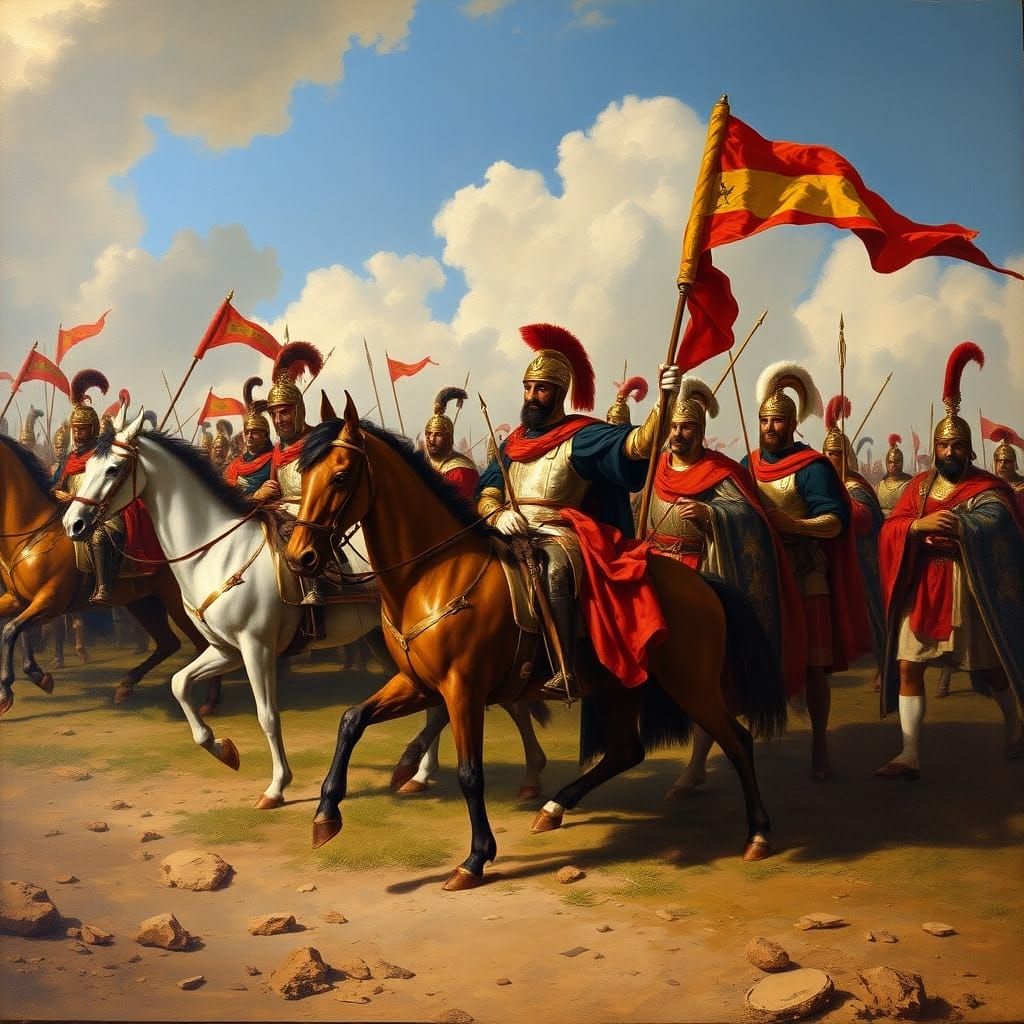
Conclusion
The role of auxiliary forces in the Roman military was undeniably significant. These non-citizen soldiers brought specialized skills, such as archery and cavalry, that were crucial in complementing the Roman legions. Despite facing numerous challenges, including cultural integration and harsh living conditions, auxiliaries played a pivotal role in Rome’s military successes.
Moreover, their service provided a pathway to Roman citizenship, offering social mobility and enriching the empire’s cultural fabric. As such, auxiliaries not only reinforced the military might of Rome but also contributed to its societal evolution.
In reflecting on their legacy, it is clear that auxiliary forces were more than mere soldiers; they were integral to the expansion and endurance of the Roman Empire.
Frequently Asked Questions
- Who were the auxiliary soldiers in the Roman army? Auxiliary soldiers were non-citizen troops recruited from diverse regions across the Roman Empire. They brought specialized skills, such as cavalry, archery, and light infantry tactics, supplementing the capabilities of the Roman legions.
- How were auxiliaries recruited? Recruitment of auxiliaries often involved indigenous levies from various provinces like the Balearic Islands, Crete, and Gaul. These soldiers joined the Roman military to provide crucial combat methods that were not typically found in the regular legions. (source)
- What roles did auxiliaries play in the Roman military? Auxiliaries played specialized roles, including serving as cavalry or archers. They were critical in executing diverse combat tactics adapted to different terrains, thereby enhancing the strategic flexibility of the Roman forces. (source)
- How did auxiliary service lead to Roman citizenship? Service in the auxiliary forces offered a pathway to Roman citizenship. Upon completing their term of service, which often lasted up to 25 years, auxiliaries were granted citizenship, providing them with legal and social benefits within the empire. (source)

